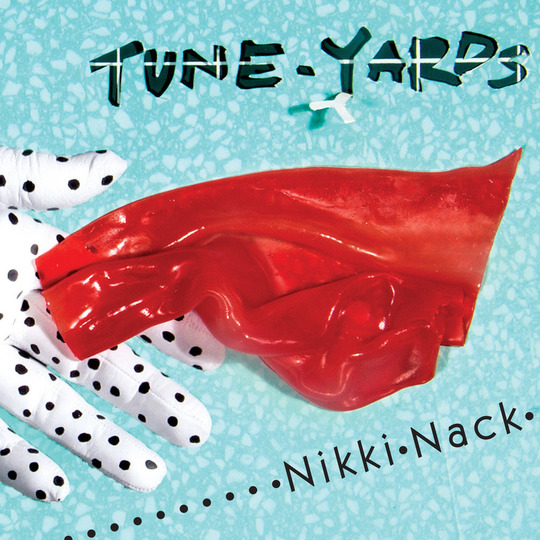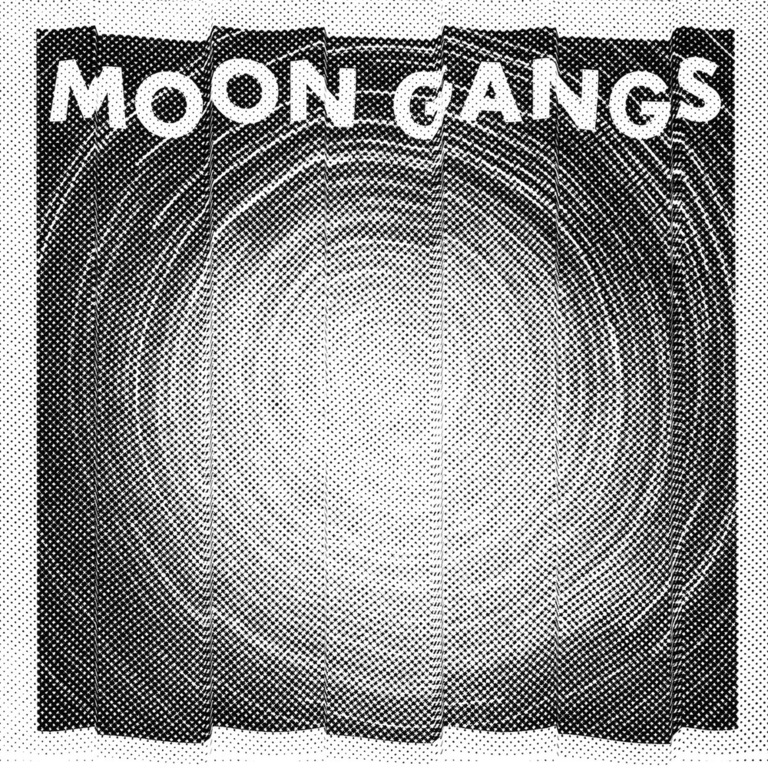Ever since Tune-Yards' early single ‘Real Life Flesh’, Merrill Garbus has been fixated on the corporeal. She’s not only obsessed with the place that she’s from, but with the land it sits on. She’s not just examining her sense of self, but the body which gives it home.
These are themes which continue to mature across Nikki Nack, where abstractions are personified (‘Hey Life’) and the listener is confronted by the raw materials of existence at every turn – water, soil and body parts everywhere.
It’s a fitting framework for music which sounds so thrillingly physical. In live performance, Garbus appears to sing with far more than just her mouth and throat. It comes from far deeper within her, channelling through her entire body as she leads a carnival of floor toms, ukulele, war paint and nursery rhymes.
“Oh my god, I use my lungs. Soft and loud – any way feels good”, she sings on ‘Real Thing’, before launching into a soaring, visceral roar of a refrain. This and other moments on this record are some of the most accurately recorded representations of how it feels to hear Garbus sing live, projecting with an almost inhuman power.
As Nikki Nack continues beyond whokill’s pristine, hi-fi production, the instrumentation matches Garbus’ physical strength at every pass. The songs on her last album often exploded into a thrilling chaos of ideas, but without ever denting the space, clarity and poise of the mix. Nikki Nack extends this approach, adding even more detail into the textures, while deepening its subtlety.
Such is the level of detail in these arrangements – the buried gems, the one off flourishes, the barely noticeable showcases of prowess – that it’s hard to know which to highlight. It’s fair to point to the bass work, which really comes into its own on this record, often working against expectations – as with so many components of these songs – to create the most vital results.
On lead single ‘Water Fountain’, for example, the bass loop sneaks off into the second verse a few bars early, just as the chorus hits its "woo-ha! woo-ha!" vocal climax. On ‘Sink-O’, the bass hugs Garbus’ ascension for a few tones, before suddenly contradicting the pattern by staying where it is, and then collapsing down the fret board while the vocal continues to climb.
Moments of productive sabotage are scattered across ever bar of this music, and detonate without drawing any special attention to their efforts. Their effects are usually felt rather than noticed, united with the force of all the other details, and create the most colourfully painted textures of Tune-Yards’ career.
There is a downside, and that’s the trade-off between what’s gained through this added detail and subtlety, against the lost explosions of immediacy which ambushed the listener several times a song during whokill. There are ultimately far fewer miracle moments on Nikki Nack, like the revelations of hearing ‘My Country’ and ‘Gangsta’ for the first time.
But to expect Tune-Yards to have made the same sonic leap forwards with Nikki Nack as they did from BiRd-BrAiNs to whokill would have been a great deal to ask, even of Garbus. Nikki Nack is a side-step from showiness into comparative subtlety, offering rounder edges to even busier, more vivid songs. At its best, it’s the purest yet expression of Garbus’ exploration of the corporeal: an album with sounds you can see, a voice you can feel, and music you can all but touch.
-
8Russell Warfield's Score























